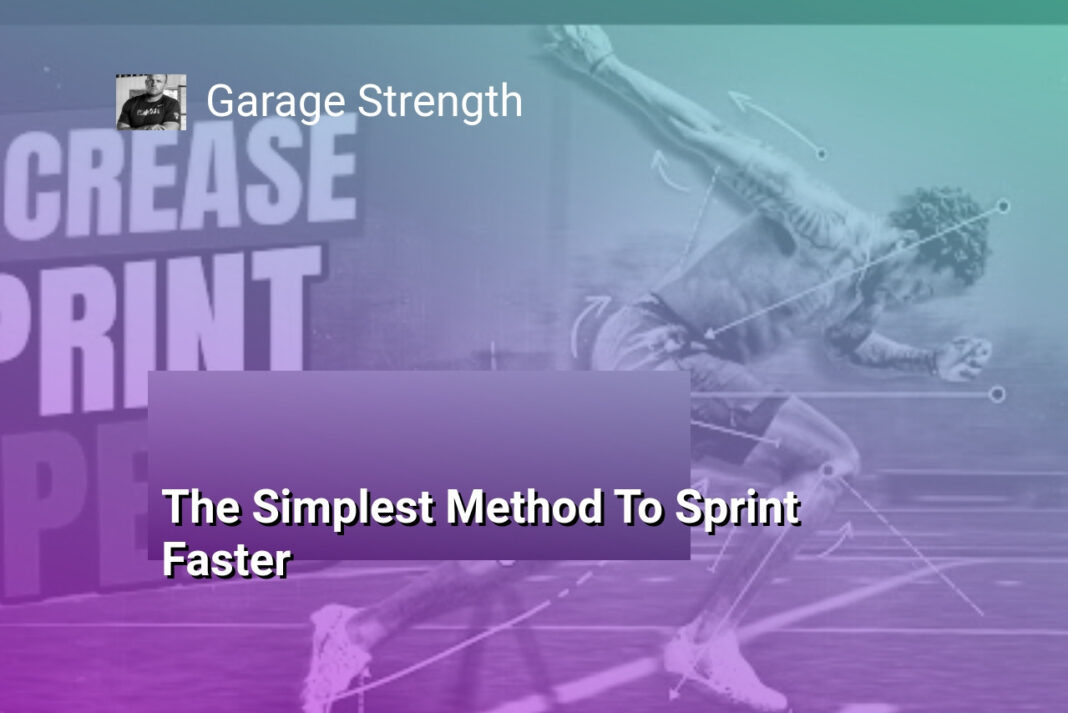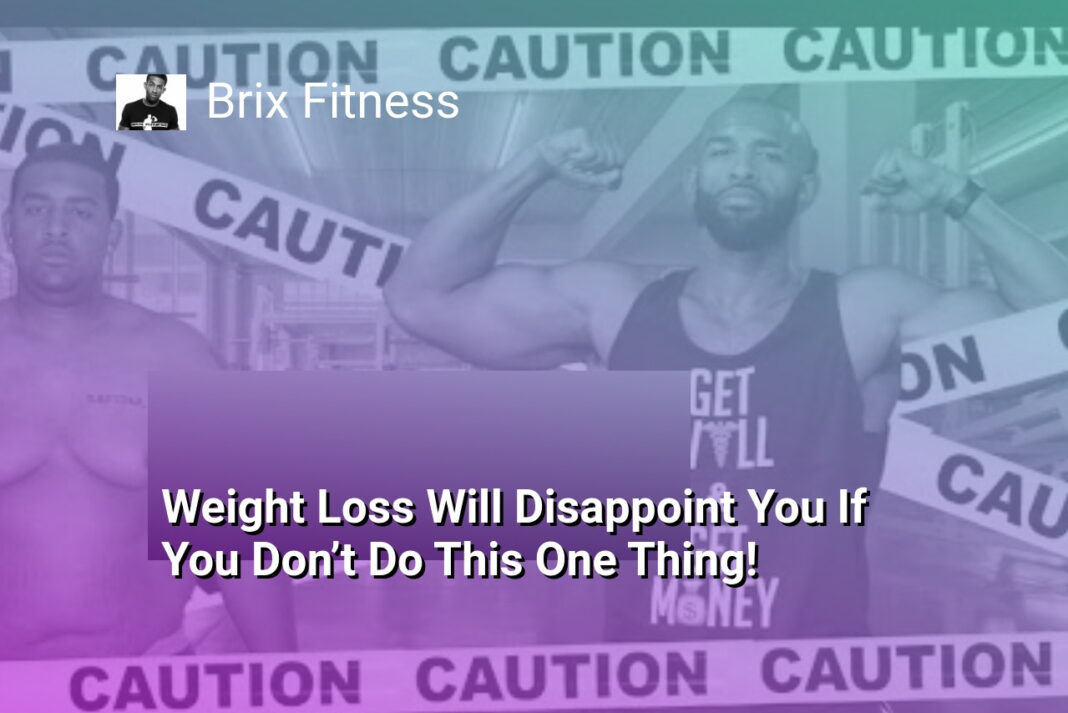The Bottom Line:
- In this video, the narrator ranks 20 popular triceps exercises on a tier list from S (super) to F (fail) to determine the best and worst exercises for muscle growth.
- The narrator emphasizes that for an exercise to be considered top-tier, it must provide high tension, especially in the stretched position, feel good without causing pain, and have a simple progression for adding weight or reps.
- The narrator analyzes the pros and cons of various triceps exercises, such as the press down, overhead cable extension, and Skull Crushers, highlighting which movements best target the different heads of the triceps for proportional development.
- The overhead cable extension is ranked in the S tier due to its ability to effectively target the long head of the triceps, which is crucial for overall triceps growth.
- Skull Crushers are also placed in the S tier, as the narrator considers them the best free-weight triceps exercise, providing high tension and the ability to overload the muscles over time.
The Pressdown Variations
Exploring the Versatility of Pressdown Variations
The pressdown is a staple triceps exercise, but it’s not a one-size-fits-all solution. Exploring the different variations can help you target specific aspects of the triceps and optimize your muscle growth.
Rope Pressdowns vs. Bar Pressdowns
The rope pressdown offers a unique feel, allowing you to really drive the handles apart at the bottom. This can enhance the mind-muscle connection for some individuals. However, the rope attachment is less rigid and stable, resulting in a loss of tension transmission to the triceps. In contrast, the bar pressdown provides a more stable and rigid setup, directing more attention to the triceps. While the rope pressdown may score higher in the “feels good” department, the bar pressdown allows for greater overload potential, making it the preferred option for most.
Reverse Grip Pressdowns
The reverse grip pressdown is the weakest of the three pressdown variations. Turning the palms up does not significantly alter the biomechanics for the triceps, but it can limit the strength output, especially if the grip becomes a limiting factor. While some individuals may feel this variation hitting their triceps better, the reduction in overload potential makes it a less desirable choice compared to the other pressdown options.
Overall, the bar pressdown emerges as the most effective pressdown variation, offering a stable and rigid setup that allows for greater overload and muscle growth potential. The overhead cable triceps extension and the Skull Crusher exercise may be even more effective in targeting the triceps, particularly the long head, but the bar pressdown remains a solid choice for building triceps mass.
The Overhead Cable Triceps Extension
The Overhead Cable Triceps Extension
The overhead cable triceps extension is a unique exercise that specifically targets the long head of the triceps. This is because the long head is the only head of the triceps that crosses both the elbow joint and the shoulder joint. While all three heads of the triceps (lateral, medial, and long) work to straighten the elbow, the long head also performs shoulder extension, which is the movement of bringing the arm down.
By performing the exercise with the arms overhead, the long head of the triceps is placed under a greater stretch, which is thought to be an important stimulus for muscle growth. Additionally, the cable provides high tension in this stretched position, further challenging the long head.
Research has shown that the overhead cable triceps extension can lead to around 40% more triceps growth compared to the traditional triceps pushdown. This emphasizes the importance of targeting the long head for comprehensive triceps development.
The overhead cable extension can be performed with either a straight bar or a rope attachment. While the rope may provide a slightly different feel and allow for a greater mind-muscle connection, the bar generally allows for greater load and stability, which can lead to more effective muscle overload.
Regardless of the attachment used, the overhead cable triceps extension should be considered an essential exercise for anyone looking to maximize triceps growth and development.
Variations and Alternatives
In addition to the standard overhead cable triceps extension, there are a few variations and alternatives worth considering:
1. Overhead Cable Extension with Rope: As mentioned, using a rope attachment can provide a different feel and potentially enhance the mind-muscle connection. However, the bar may still be the preferred option for most lifters.
2. Dumbbell French Press: This exercise also targets the long head of the triceps by placing the arms in an overhead position. The dumbbell version can be a bit faster to set up than the cable version, but may not provide the same smooth, uniform resistance.
3. One-Arm Dumbbell Triceps Extension: Performing the exercise one arm at a time can help address any left-right imbalances and may be more comfortable for some individuals, especially as the weights get heavier.
Ultimately, the overhead cable triceps extension should be a staple in any well-rounded triceps training program, as it effectively targets the long head and provides a unique stimulus for muscle growth.
Proper Execution and Technique
To perform the overhead cable triceps extension with proper form, follow these steps:
1. Set up a cable station with the pulley positioned overhead, or use a tall standing cable rack.
2. Grasp the bar or rope attachment with an overhand grip, keeping your elbows tucked close to your head.
3. Initiate the movement by extending your elbows, straightening your arms and driving the weight overhead.
4. At the top of the movement, your arms should be fully extended overhead, with a slight arch in your back.
5. Slowly lower the weight back down, keeping your elbows stationary and controlling the eccentric portion of the lift.
6. Repeat for the desired number of repetitions, ensuring that you maintain proper form throughout the set.
Remember to keep your core engaged and avoid excessive arching or swinging of the torso during the exercise. Focus on isolating the triceps and using a controlled, deliberate movement pattern.
The Katana Triceps Extension
Exploring the Katana Triceps Extension
The Katana Triceps Extension is a unique and dynamic exercise that targets the triceps muscles from a different angle. This movement gets its name from the way you position your arms, resembling the drawing of a pair of Japanese katana swords.
To perform the Katana Triceps Extension, you’ll start by grabbing the cable attachments on each side with the opposite hand. For example, you’ll grab the right cable with your left hand and the left cable with your right hand. Then, you’ll spin around 180 degrees while crossing your arms overhead. Alternatively, you can start with the cables crossed in front of you and then duck underneath and step through to get into the final position.
The key to this exercise is setting the cable height to around waist level or just above. This will position your arms at a 30-40 degree angle forward, relative to being flared out to the sides. This “scapular plane” position often feels very comfortable and natural for many individuals.
One of the standout benefits of the Katana Triceps Extension is that it allows you to work each arm independently while still saving time by addressing both sides simultaneously. This can be particularly useful for addressing any left-right imbalances in your triceps development.
While the Katana Triceps Extension does require a bit more setup and can have a slight learning curve, it’s a personal favorite of many fitness enthusiasts. The unique arm positioning and the ability to target each arm individually make it a valuable addition to any well-rounded triceps training program.
Optimizing the Katana Triceps Extension
To get the most out of the Katana Triceps Extension, it’s important to focus on proper form and technique. Ensure that your arms are positioned correctly, with the cables crossing at the appropriate angle. Maintain a stable core and avoid excessive swinging or momentum during the movement.
Additionally, pay attention to the range of motion. Strive to fully extend your elbows at the top of the movement, allowing your triceps to contract fully. Conversely, be mindful of not letting your elbows flare out too wide, which can put unnecessary strain on your shoulder joints.
Experiment with different cable heights and arm positions to find the sweet spot that feels most comfortable and effective for your individual anatomy and training goals. Gradually increase the weight or the number of reps over time to continue challenging your triceps and promoting muscle growth.
Integrating the Katana Triceps Extension into Your Routine
The Katana Triceps Extension can be a valuable addition to your triceps training arsenal. Consider incorporating it into your routine as a primary or supplementary exercise, depending on your preferences and the needs of your overall program.
For example, you might choose to start your triceps workout with the Katana Triceps Extension, taking advantage of its unique arm positioning and the ability to target each side independently. Alternatively, you could use it as a finisher exercise, capitalizing on the pump and mind-muscle connection it can provide.
Regardless of where you choose to place it in your routine, the Katana Triceps Extension is a versatile and effective exercise that can help you build stronger, more defined triceps. Experiment with it, listen to your body, and make adjustments as needed to ensure you’re getting the most out of this unique and engaging movement.
The Dumbbell French Press
The Dumbbell French Press
The dumbbell French press is another excellent exercise for targeting the long head of the triceps. This movement can be performed seated, which provides more stability and allows you to direct the tension directly to the triceps, rather than having to compensate for balance.
One advantage of the dumbbell French press over the cable-based overhead extensions is the simpler setup. With dumbbells, you can quickly get into position and start the exercise, without having to adjust cable attachments or worry about the cable path. This can make the dumbbell French press a more time-efficient option, especially if you’re short on equipment or training in a crowded gym.
However, the dumbbell French press does have a slight disadvantage compared to the cable-based movements. The circular resistance path of the dumbbell means you’ll experience more tension at the bottom of the movement and less tension at the top, where the long head is most stretched. This is not necessarily a deal-breaker, as the stretched position still seems to be a key driver of muscle growth, but the more uniform tension profile of the cables can be preferable.
Another potential issue with the dumbbell French press is that as your triceps get stronger, the dumbbells may become quite large and unwieldy, which can put some unwanted strain on the wrists. Performing the exercise one arm at a time can help mitigate this, as the dumbbell size will be more manageable.
Overall, the dumbbell French press is a solid option for targeting the long head of the triceps, especially if you have limited access to cable-based equipment. While it may not provide the same level of tension in the stretched position as the overhead cable extensions, it’s a simple and effective exercise that can be a valuable addition to your triceps training routine.
One-Arm Dumbbell French Press
Performing the dumbbell French press one arm at a time can help address some of the potential drawbacks of the two-arm version. By working one side at a time, you can find a more comfortable angle for your elbow, which can be especially helpful if you experience any shoulder discomfort.
Additionally, the single-arm approach means you’ll be using a lighter dumbbell, which can be easier to handle and control, particularly as your triceps get stronger and the weights become more unwieldy.
While the single-arm dumbbell French press may not offer the same level of uniform tension as cable-based exercises, it’s still an excellent option for targeting the long head of the triceps. The unilateral nature of the movement can also be beneficial for addressing any left-right imbalances in triceps development.
Overall, the one-arm dumbbell French press is a versatile and effective exercise that can be a great addition to your triceps training program, especially if you have limited access to cable-based equipment.
Variations and Progressions
To add variety and progression to your dumbbell French press routine, you can consider the following:
1. Seated vs. Standing: Performing the exercise seated can provide more stability, while standing may allow you to use slightly heavier weights.
2. Palms Up vs. Palms Down: Experimenting with different hand positions can slightly shift the emphasis between the triceps heads.
3. Tempo Variations: Slowing down the eccentric (lowering) phase or pausing at the bottom can increase time under tension.
4. Single-Arm Variations: As mentioned, the one-arm dumbbell French press can be a great way to address imbalances and improve stability.
5. Overload Progressions: Gradually increasing the weight or reps over time is key for continued triceps growth.
By incorporating these variations and progressions, you can keep your dumbbell French press routine fresh and challenging, ensuring ongoing muscle development.
The Skull Crusher
Mastering the Skull Crusher: Unleashing Triceps Might
The Skull Crusher, a staple in the arsenal of serious strength and muscle-building enthusiasts, is a true powerhouse when it comes to targeting the triceps. This exercise offers an unparalleled combination of high tension, a satisfying feel, and a straightforward progression that makes it a must-include in any well-rounded triceps training regimen.
Tension and Stretch: The Key to Triceps Growth
The Skull Crusher shines in its ability to place the triceps under immense tension, particularly at the most stretched position of the movement. By arching the barbell back behind the head, rather than simply stopping at the skull, you can maximize the stretch on the long head of the triceps, which is crucial for driving muscle growth. This targeted focus on the long head ensures a well-rounded and proportional development of the entire triceps complex.
Smooth Resistance and Easy Overload
While some may find the Skull Crusher slightly less smooth in its resistance profile compared to cable-based exercises, the use of an EZ-bar can help alleviate any unwanted strain on the wrists. Moreover, the Skull Crusher excels in its ability to facilitate progressive overload, allowing you to consistently add weight or reps from week to week, a hallmark of effective muscle-building protocols.
By starting the movement with the elbows slightly back rather than straight up, you can ensure a more even distribution of tension throughout the range of motion, addressing any potential concerns about the lack of uniform resistance. This small adjustment helps to pull the tension into the triceps fibers right from the start, setting the stage for a powerful and productive Skull Crusher session.
In the end, the Skull Crusher’s combination of high tension, a satisfying feel, and a straightforward progression make it a true standout in the world of triceps exercises. Whether you’re a seasoned lifter or just starting your journey, incorporating the Skull Crusher into your routine is a surefire way to unlock the full potential of your triceps and drive impressive muscle growth.





